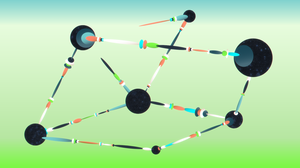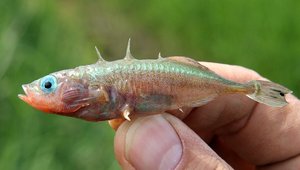Endangered species: How members of the NFDI4Biodiversity network mobilised data for the Red List of freshwater fishes
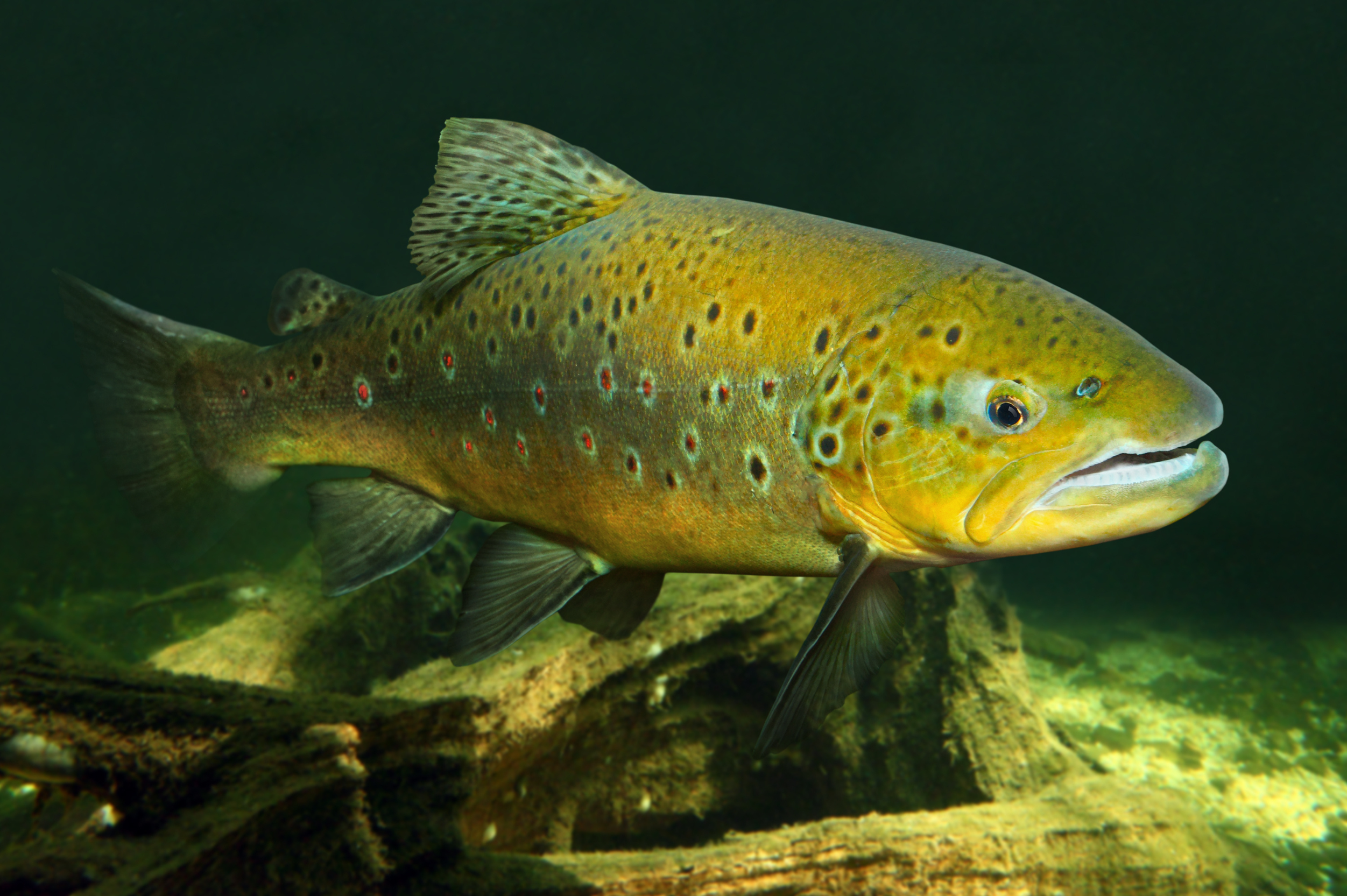
They are an important indicator of the state of biodiversity: the Red Lists. They are usually based on assessments by experts who observe and categorise population trends. However, data can also usefully supplement the lists – if it has been processed appropriately. An exciting case study shows how researchers from the NFDI4Biodiversity network have helped to mobilise data from various federal states and make it usable for the Red List for the very first time – and how nature conservation can benefit from readily available data.
Red Lists play an important role in nature conservation research as they exist for various species groups. Their main aim is to support the prioritisation of nature conservation and thus provide a fundamental basis for practical conservation measures. In this respect, the lists not only fulfil a scientific function, they also serve to inform the public about the state of our natural world.
It is important that red lists are updated regularly – ideally every ten years. These updates ensure that the information they provide is always up to date. This in turn helps to take effective measures to protect endangered species and continuously improve conservation efforts.
The new Red List of freshwater fish
The latest Red List for freshwater fish and lampreys was recently published – for the first time in 14 years. An update was therefore urgently needed. However, it is not only the list itself that is new, its creation is also a novelty: for the first time, it contains a data-based analysis of the population trends of many fish species for the period from 2004 to 2020, which was contributed and driven forward by stakeholders from NFDI4Biodiversity.
Assessment factors and challenges
But let's start at the beginning. How is such a Red List actually created?
In order to categorise a species in one of the Red List categories (from "extinct or lost" to "endangered"), the long-term population trend (the last 100 years), the short-term population trend (the last 15 years), the current population situation and the causes of endangerment are assessed. Although efforts are being made to increasingly supplement Red Lists with data-driven analyses, these assessments are currently still based purely on expert opinions in most cases. This also applies to the Red List of Fish, which was compiled by almost 60 experts from all German federal states.
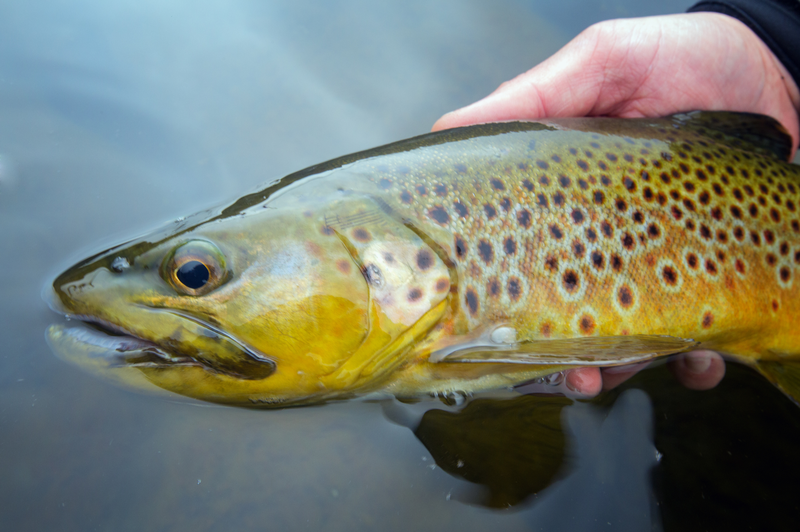
Lack of data in freshwater ecosystems
There is a lack of readily available data, particularly for freshwater ecosystems. There are various reasons for this, such as the difficulty of recording data "under water", which requires special equipment and techniques. Another reason is that different data standards exist in the federal states, meaning that the data is managed differently everywhere. This makes it extremely difficult to collate the data. For example, it is time-consuming to 1) harmonise the data from the Water Framework Directive (WFD), which is considered a solid basis for robust assessments of population trends over the last 15 years and must be collected nationwide, between different federal states, and 2) link it with other data, such as from flora-fauna-habitat monitoring or other fisheries.
Mobilisation and publication of the data with the support of NFDI4Biodiversity
The compilation of the current Red List represented a comprehensive work package that included the mobilisation and analysis of the WFD data as an additional basis for the expert assessments. With the active support of employees from the NFDI4Biodiversity project, considerable effort was put into collecting, standardising and finally analysing the data from various federal states.
Parallel to the creation of the Red List, the NFDI4Biodiversity initiative successfully worked towards publishing the FAIR+ dataset once it had been compiled. This initiative underlines the endeavour not only to create a Red List, but also to make the dataset transparent, accessible and FAIR (Findable, Accessible, Interoperable, Reusable) in order to ensure broader use in the scientific community.
The result of these efforts is a new dataset that combines data from twelve federal states (excluding Baden-Württemberg, Bavaria, Rhineland-Palatinate and Hamburg). The dataset was archived and published via the NFDI4Biodiversity partner Leibniz Institute for the Analysis of Biodiversity Change and is thus available and downloadable in the international network Global Biodiversity Information Facility (GBIF), which summarises information on biodiversity from numerous databases in a central portal, and ultimately also in the Living Atlas of Nature of Germany, a species search portal created within NFDI4Biodiversity.
The published data set comprises
- the period 2004 to 2020
- several thousand measuring points that were sampled at least twice
- mainly data from electrofishing
- mainly measurements in rivers
- species identified by experts
- precise abundance data
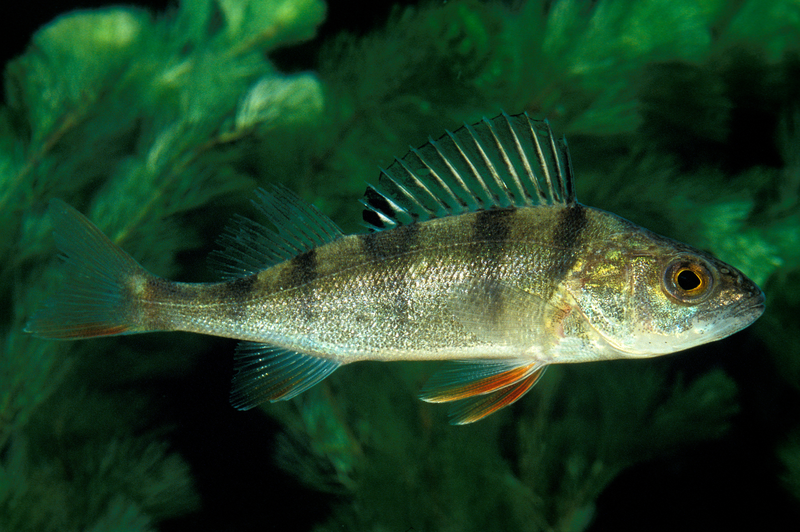
Data harmonisation – a key to improving nature conservation
Red Lists are complex and capture population trends over long periods of time, often spanning more than 100 years, as well as current and likely future species-specific threats. In NFDI4Biodiversity, we have endeavoured to make the database compiled for the Red List of freshwater fishes publicly accessible in such a way that it remains usable in the long term – for example as a reference for the next Red List of freshwater fishes.
The harmonisation of data sets from different federal states is still a time-consuming process and in many cases makes it difficult to accumulate data as a basis for Red Lists and other national nature conservation measures. NFDI4Biodiversity aims to improve this situation.
The case study shows that data and calculations usefully complement the work of experts. However, many of the criteria for Red Lists, such as long-term trends and causes of endangerment, still require the judgement of experienced experts. The knowledge of experts is essential, especially at regional level, and remains an essential factor in the interpretation of data analyses.
The author of this article was instrumental in mobilising the data used for the Red List. You can find out more about him in the author profile below this text.
Rote Liste und Gesamtartenliste der sich im Süßwasser reproduzierenden Fische und Neunaugen (Pisces et Cyclostomata) Deutschlands (Freyhof, J.; Bowler, D.; Broghammer, T.; Friedrichs-Manthey, M.; Heinze, S. & Wolter, C.), 2023, Naturschutz und Biologische Vielfalt, 170 (6): 63 S. https://www.rote-liste-zentrum.de/files/NaBiV_170_6_1_RL_Suesswasserfische_und_Neunaugen_2023_20230727-1835.pdf

